When was the last time you or your kids went to an open ground and played for hours without anybody gate keeping you?
Let me guess, it’s been a while.
Open grounds are disappearing from our cities into thin air, and no one seems to be paying attention.
Back in the 90s, India was not urbanizing this fast. You could find empty spaces between neighborhoods where kids would assemble and play a variety of sports. As a kid, I remember the joy of walking into an open ground, and getting selected as one of the players for a cricket team.
The ground would always remain open since it was designed to operate without any fence, or any oversight from authorities. Plus, there was no opening or closing time. It was a safe space to hang out at any given time of the day.
Kids of all ages would run, jog and loiter around. It also served as a great space for people wanting to learn cycling, or a geared motorcycle.
Over the years, India urbanized rapidly. The flurry of people trying to make a living in a city as opposed to smaller towns and villages became quite common. This created a new kind of demand, and added additional pressure on open spaces.
To demonstrate this, I will walk you through 2 specific examples of open spaces that have been turned into playgrounds for kids below 8, and walking tracks for senior citizens.
The first one is a park in Bengaluru, where I would play cricket with my friends. Although it is small, it was sufficient for 4-5 players

Wind the clock several years, and this is what you get – a playground for young kids, with a walking track for older people around its periphery.
Nobody can play cricket or any other sport here.


The next example is from the city of Ballari – a Tier 2 town in Karnataka where I spent my formative years.

This ground(as seen above) which used to be an unfenced area, now has a tall compound protecting it from – I don’t know what?
The current state of it is the same as the one in Bengaluru.
It has now become a park for the young and the elderly, where being disciplined is paramount, and running around older people is frowned upon.

The tall gate, the high compound, the artificial greenery are all recent developments.
I have no clue as to what changed over the years, but perhaps certain sections of the society thought this was needed, or perhaps some official sitting in a government office decided this was necessary, or perhaps the land became a prime real estate within a city.
I am not against the idea of building recreational and community spaces for young and old – it’s surely needed, but it is coming at the expense of people who are in between, that is the age group of 10 to 45.
What’s is happening instead
Private players have noticed this issue long before anyone else has. They understand that there is a large market to be addressed that simply wants to run around, or play sports like adults.
Their solution: “Sports Arena”.
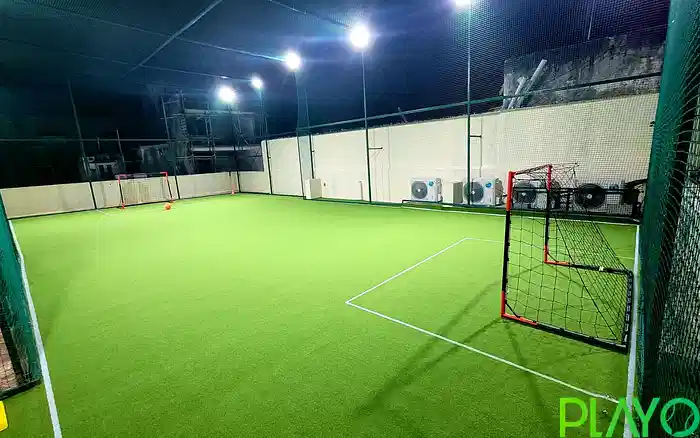
Here’s a map of Bengaluru dotted with arenas.

… and here is Mumbai.

The same story repeats across all Tier 1,2 and 3 cities. People are paying huge amounts of money to access these privately managed facilities to do basic human things like “playing a sport”.
While these arenas do offer sports equipment and artificial turf, they still cannot replicate the vastness and openness of a public ground.
Here’s what a couple of arenas are charging per hour.

and this

Paying a large sum drains people’s savings and remains out of reach for many. This privilege, reserved for the wealthy, significantly reduces accessibility for lower-income groups, deepening societal inequality.
What options do the poor have?
Forced adaptation
With shrinking open spaces, people in India are adapting to this evolving situation, and reinventing the rules of the game.
Mumbai re-imagined cricket for cramped spaces, and invented “Box cricket”, which can be played in a small ground, in between the streets, and in residential neighborhoods.
The Youtube channel named “Box Cricket Network” is dedicated to this smaller, sportier version of the game.

The battle of Shivaji Park
Mumbai’s iconic Shivaji Park is one of the largest open grounds in India. This is the same ground where cricketer Sachin Tendulkar started his cricketing journey as a young boy.
But, this ground has been facing constant assault from religious and political entities. Few years ago, local residents and activists opposed the commercialization and overuse of the ground for non-sporting events.
They raised concerns about the degradation of the park’s condition due to events like political rallies and cultural programs, which caused damage to the turf and disrupted its use for sports and recreational activities.
Even the Supreme court intervened to protect this piece of land from misuse by external elements.
The pressure on this prime land is unrelenting and needs constant push back.
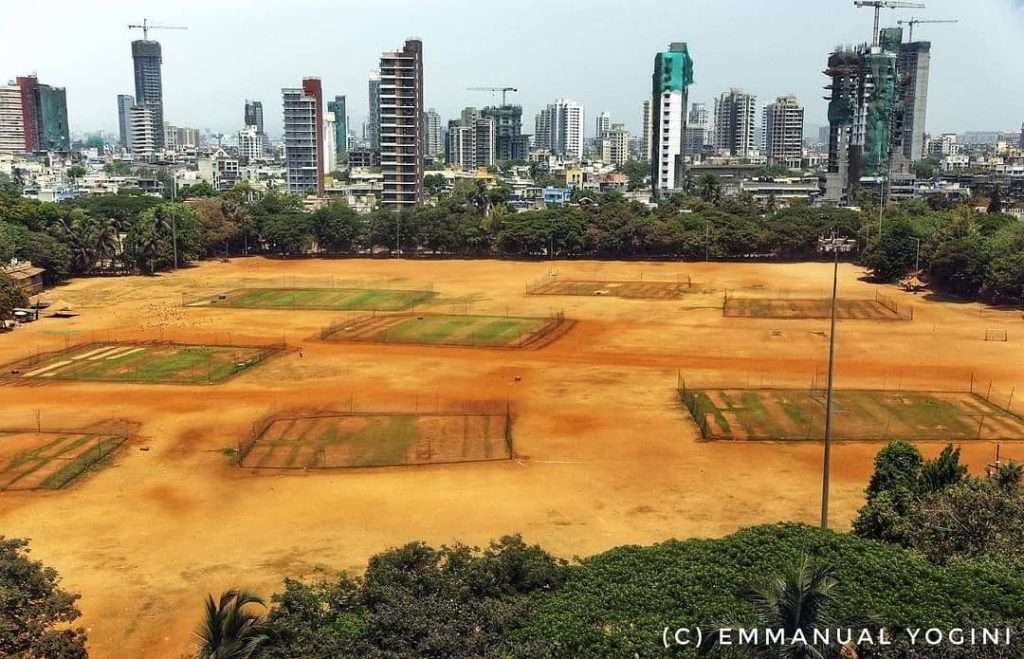
Deteriorating health of kids
In 2023, Nielsen Sports, in association with shoe brand PUMA released a report stating “Indian kids spend a mere 86 minutes per week on sports and fitness-related activities against the World Health Organization (WHO)-recommended 420 minutes or more”.
Although the survey for the report had just over 4,000 participants, it provides a clear indication of the prevailing trend. Indian kids are playing less – and with the explosion of digital and social media, the time spent at home is proportionally rising.
Dr. Vivek Murthy, an eminent surgeon in the US has written extensively about loneliness.
In his recent visit to Bengaluru, he said that social media disproportionately affects younger individuals more than any other age group.
Can the government intervene?
Yes, if they first acknowledge that there is a problem.
Authorities see open grounds as a waste of space. And when a large parcel of land becomes available, it is either sold to real estate builders, or gets converted into other kinds of community spaces like parks, which are not meant for playing any kind of sports. Acquiring new land for any purpose is also becoming harder and more expensive.
But, when new layouts and residential sites are developed by either the government or private entities, it should be mandated to allocate open grounds proportional to the number of plots.
These spaces could serve as essential community hubs, benefiting not just the immediate residents but also those from areas where such amenities are unavailable, such as the city center.
A well connected public transport system to these new grounds will add icing on the cake.
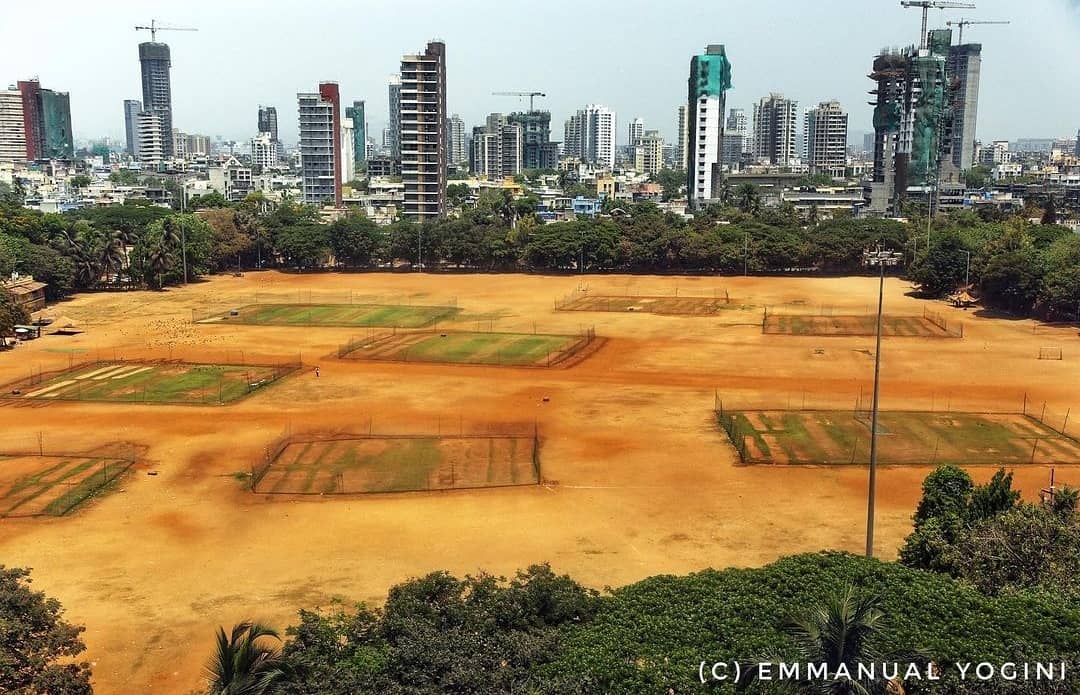
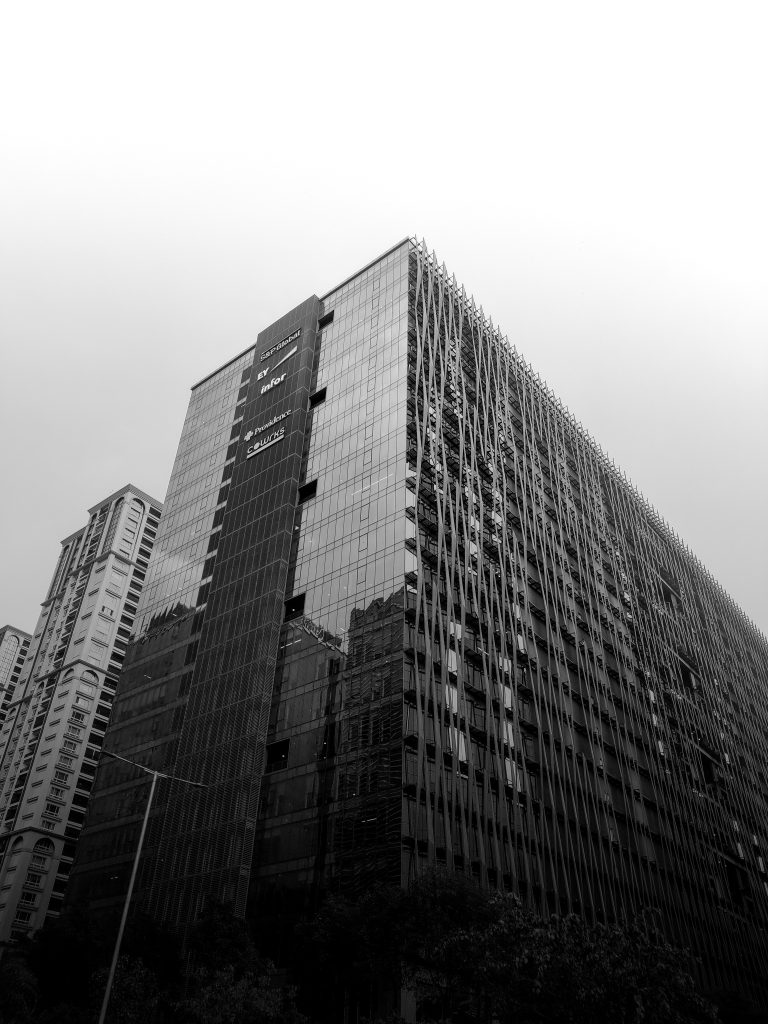
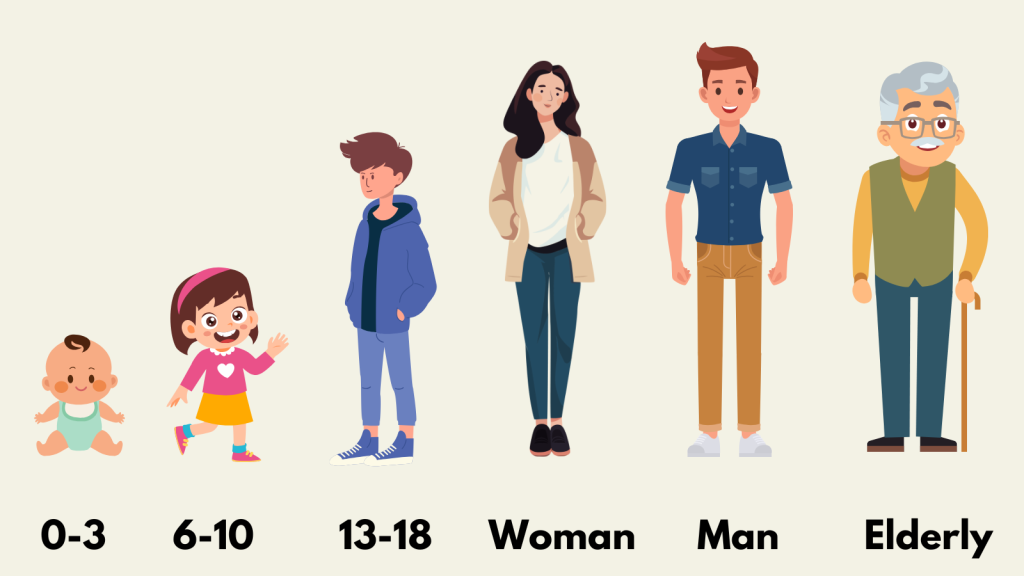

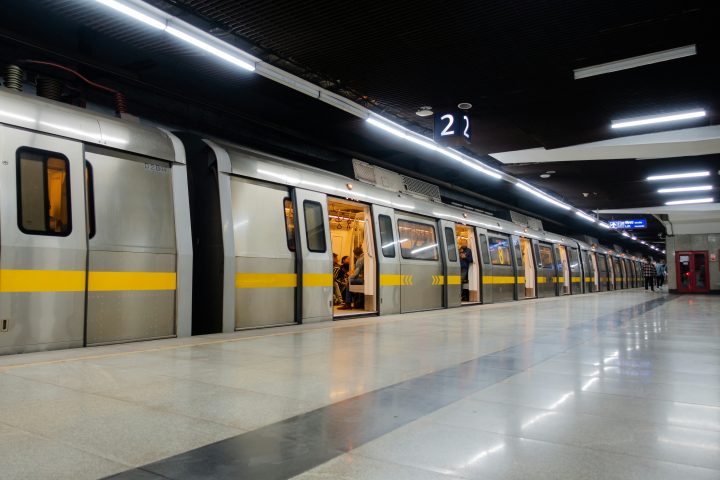
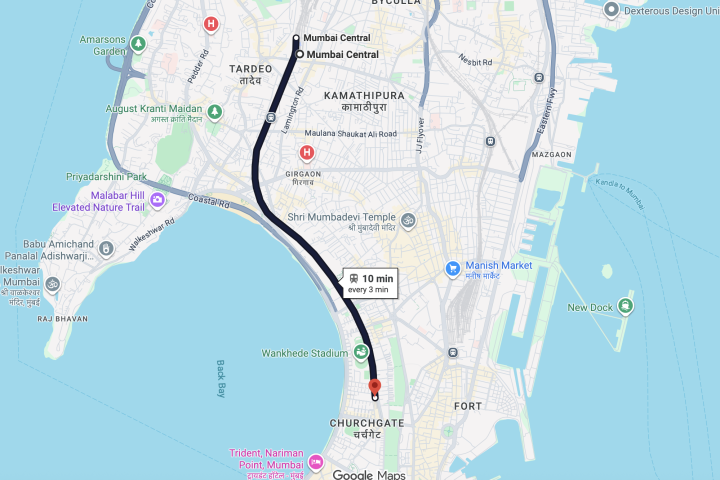
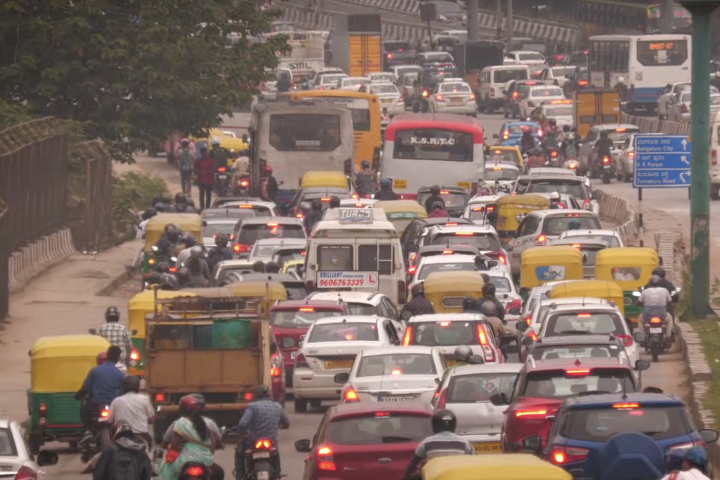

https://maps.app.goo.gl/rnK7upyFmLvxKLWQA
Nice writeup with food analys and details. I can add similar issue at Madhavan park or jsc basketball courts un Jayanagar. What was an open at all times decent 2 full courts was ‘developed’. Now we have better arena seating and shade (good), at the cost of 1. Restricted time 5 to 10am and 4 to 8pm. 2. Big stage with rooms that gets rented out. 3. Whole place is rented out for private school and functions often for full day at the cost of public play.
BULLSeYe! and an eYeOPENR. You have had put this in such an effective way that it could seamlessly serve as an eYe Opener for people like me to give it a serious thought about please.